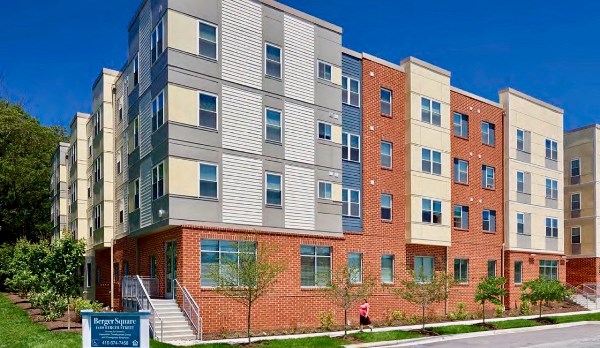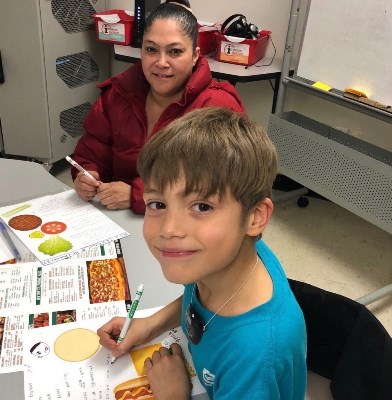Model Housing Element Development Process
Main_Content
Step 4: Current Affordable Housing Programs
The Housing Analysis and Policy Questionnaire is a helpful tool that jurisdictions should consider using as part of Step 4 and the proceeding steps in housing element development.
 Berger Square Apartments, Anne Arundel Berger Square Apartments, Anne Arundel |

Berger Square Homework Club |
Most jurisdictions already have existing programs supporting affordable housing in their communities. A housing element should include a description of these programs and consideration of how they can be modified, strengthened, or built upon to continue local efforts in providing affordable housing for all existing and future residents. Such programs include, but are not limited to:
-
Rental Assistance Programs: Help low income, elderly and other qualified households Programs often provide financial assistance for paying rent and utility bills.
- Public Housing Facilities: Federally funded housing established to provide decent and safe rental housing for eligible low-income families.
- Housing Voucher Program (Section 8): Federally funded and locally administered housing vouchers provided to very low-income, elderly, and disabled households to find and afford scattered site housing units.
- Low Income Housing Tax Credits (LIHTC): Created by the Tax Reform Act of 1986, the LIHTC program gives state and local LIHTC-allocating agencies the equivalent of nearly $8 billion in annual budget authority to issue tax credits for the acquisition, rehabilitation, or new construction of rental housing targeted to lower-income households.
- Partnerships with Community Development Corporations (CDCs): Many communities include CDCs with a mission to assist low-income, elderly, disabled, and other households with rehabilitating and securing safe and affordable housing.
- Homebuyer Education: Classes, offered in person or online, assisting first time and other potential home purchasers navigate the often-daunting process of finding, financing, and moving into a home for ownership.
- Residential Facade Programs: Local or state funded programs that provide financial assistance to qualified homeowners to improve and maintain the exterior of their homes. Homeowner Rehab and Maintenance Assistance: Programs like those for residential facades but including interior renovations and maintenance needs.
- Weatherization Programs: Financial assistance for qualifying homeowners and rental property owners to enhance the energy efficiency of residential units, thus reducing energy costs.
National Housing Organizations
Other Areas for Potential Analysis of Community Needs
- Large residentially zoned parcels not yet developed
- Overlay districts and floating zones that may allow for greater densities
- Comparing rental and homeowner costs to income changes over 10-year period
- Realtor information
- Description of maintenance concerns
- Sidewalks and pedestrian connectivity
- Community design